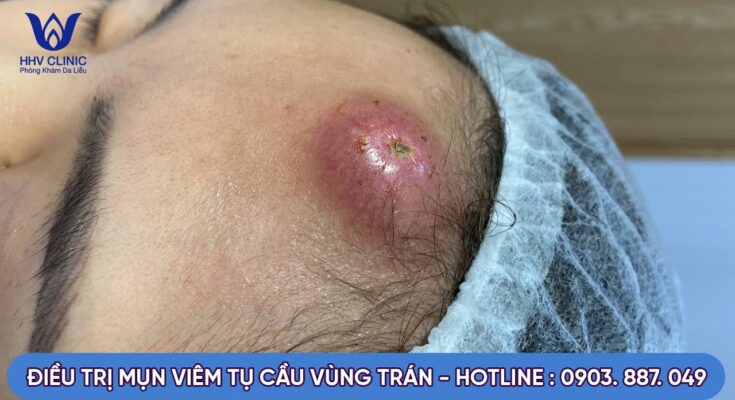Getting rid of blackheads and whiteheads—two common forms of acne—requires consistent skin care and, in some cases, medical treatment. Here’s a breakdown of what they are and how to treat them effectively:
🔍 What Are Blackheads & Whiteheads?
| Type | Appearance | Cause |
|---|---|---|
| Blackheads | Small dark spots (open pores) | Pores clogged with oil, dead skin, and exposed to air |
| Whiteheads | Small white bumps (closed pores) | Clogged pores sealed with a layer of skin |
🧼 Daily Skincare Routine
✅ 1. Gentle Cleansing
-
Use a mild, non-comedogenic cleanser (won’t clog pores) twice daily.
-
Look for salicylic acid or benzoyl peroxide ingredients.
-
Avoid over-washing—can cause irritation and more oil production.
✅ 2. Exfoliation
-
Use chemical exfoliants (2–3 times/week):
-
Salicylic acid: penetrates oil and unclogs pores.
-
Glycolic acid: helps remove dead skin cells.
-
-
Avoid rough scrubs—they can damage skin and worsen acne.
🧴 Topical Treatments
💊 1. Over-the-Counter (OTC)
-
Salicylic Acid (BHA): great for both blackheads and whiteheads.
-
Benzoyl Peroxide: kills acne bacteria and clears pores.
-
Retinoids (Adapalene): promote skin turnover and prevent clogging.
💊 2. Prescription Options
-
Stronger retinoids (e.g., tretinoin) for stubborn acne.
-
Topical antibiotics if inflammation is present.
💆 Professional Treatments
🧖♀️ 1. Facials & Extractions
-
Dermatologists or estheticians can perform manual extractions safely.
-
Avoid DIY popping—it can cause scarring and infection.
🔬 2. Chemical Peels
-
Use stronger exfoliants (like TCA or lactic acid) to deeply cleanse pores.
💡 3. Laser or Light Therapy
-
Targets oil glands and bacteria.
-
Often used for moderate to severe acne.
🚫 What to Avoid
-
Oily skincare products (use “non-comedogenic” or “oil-free” labels)
-
Touching your face often
-
Sleeping with makeup on
-
Over-exfoliating
🩺 When to See a Dermatologist
-
If blackheads or whiteheads are persistent, widespread, or painful.
-
If OTC products don’t work after a few weeks.
-
If you notice scarring or pigmentation.
📚 References:
-
American Academy of Dermatology (AAD)
-
Mayo Clinic Acne Treatment Guide
-
Cleveland Clinic: clevelandclinic.org
🧼 Daily Skincare Routine
1. Gentle Cleansing
-
Use a mild, non-comedogenic cleanser twice daily to remove excess oil and impurities without irritating the skin.
-
Avoid harsh scrubs or over-washing, as they can exacerbate acne.
2. Exfoliation
-
Incorporate chemical exfoliants containing salicylic acid (BHA) or glycolic acid (AHA) 2–3 times a week.
-
These acids help unclog pores by dissolving dead skin cells and excess oil.
-
Start slowly to assess skin tolerance and prevent irritation.
3. Topical Treatments
-
Salicylic Acid: Penetrates oil-filled pores to reduce blackheads and whiteheads.
-
Retinoids (e.g., Adapalene): Increase skin cell turnover, preventing clogged pores.
-
Benzoyl Peroxide: Targets acne-causing bacteria and reduces inflammation.
-
Apply these treatments as directed, and be consistent for best results.
🧴 Professional Treatments
1. Chemical Peels
-
Performed by dermatologists, these treatments use acids like glycolic or salicylic acid to exfoliate the skin, unclog pores, and improve skin texture.
2. Microdermabrasion
-
A professional exfoliation technique that removes dead skin cells, promoting clearer skin and reducing the appearance of blackheads and whiteheads.
3. Manual Extraction
-
Under sterile conditions, a dermatologist can safely remove blackheads and whiteheads to prevent scarring and further breakouts.
🚫 Common Mistakes to Avoid
-
Popping Pimples: Can lead to scarring, infection, and worsening of acne.
-
Using Harsh Scrubs: May irritate the skin and increase oil production.
-
Over-Exfoliating: Can strip the skin of natural oils, leading to rebound oiliness.
🩺 When to Consult a Dermatologist
-
If over-the-counter treatments are ineffective after several weeks.
-
Experiencing significant scarring or skin irritation.
-
Persistent or severe acne that affects daily life or self-esteem.
📚 References
-
Healthline provides comprehensive information on treating whiteheads, including the use of salicylic acid and retinoids.
-
Verywell Health offers insights into acne treatment based on different acne types, emphasizing the importance of appropriate skincare routines.
-
Mayo Clinic outlines lifestyle and home remedies for managing acne, highlighting the role of gentle cleansing and appropriate topical treatments.
